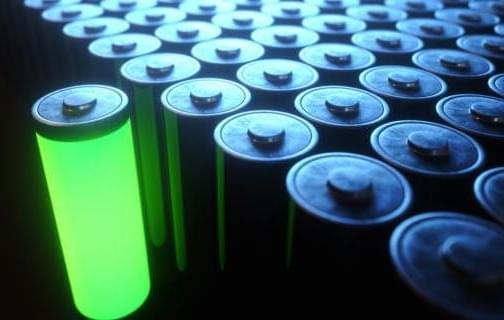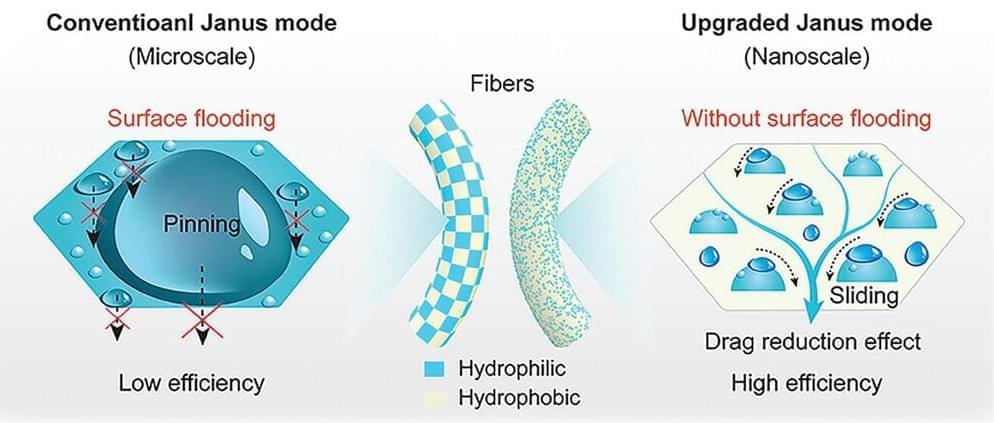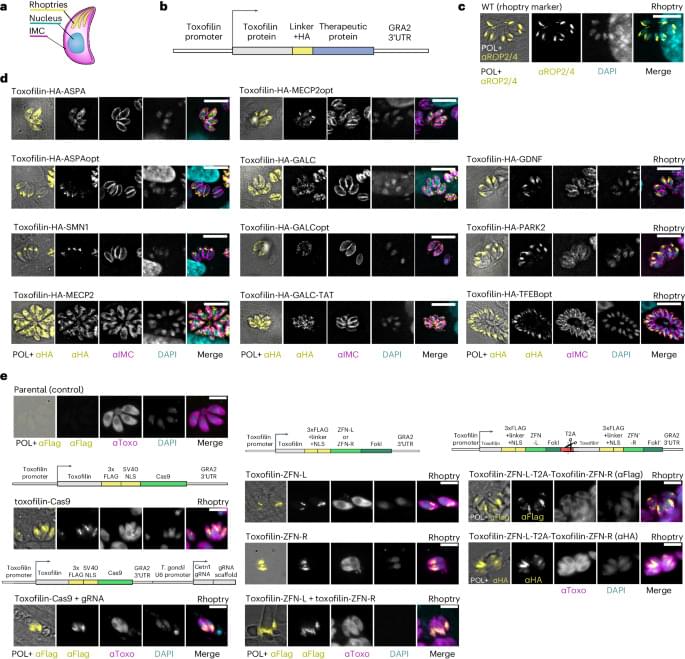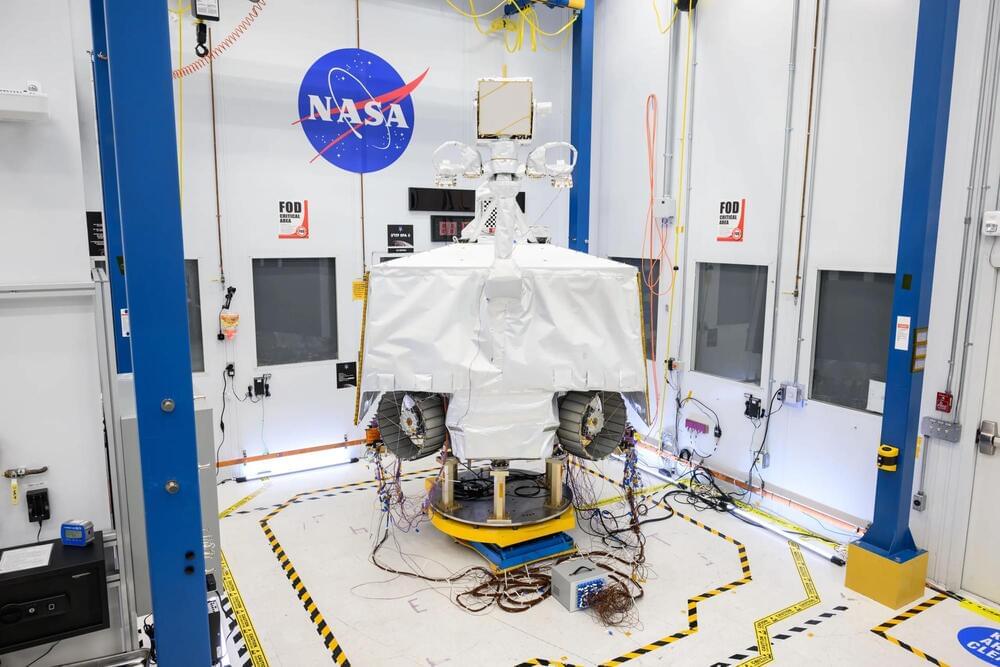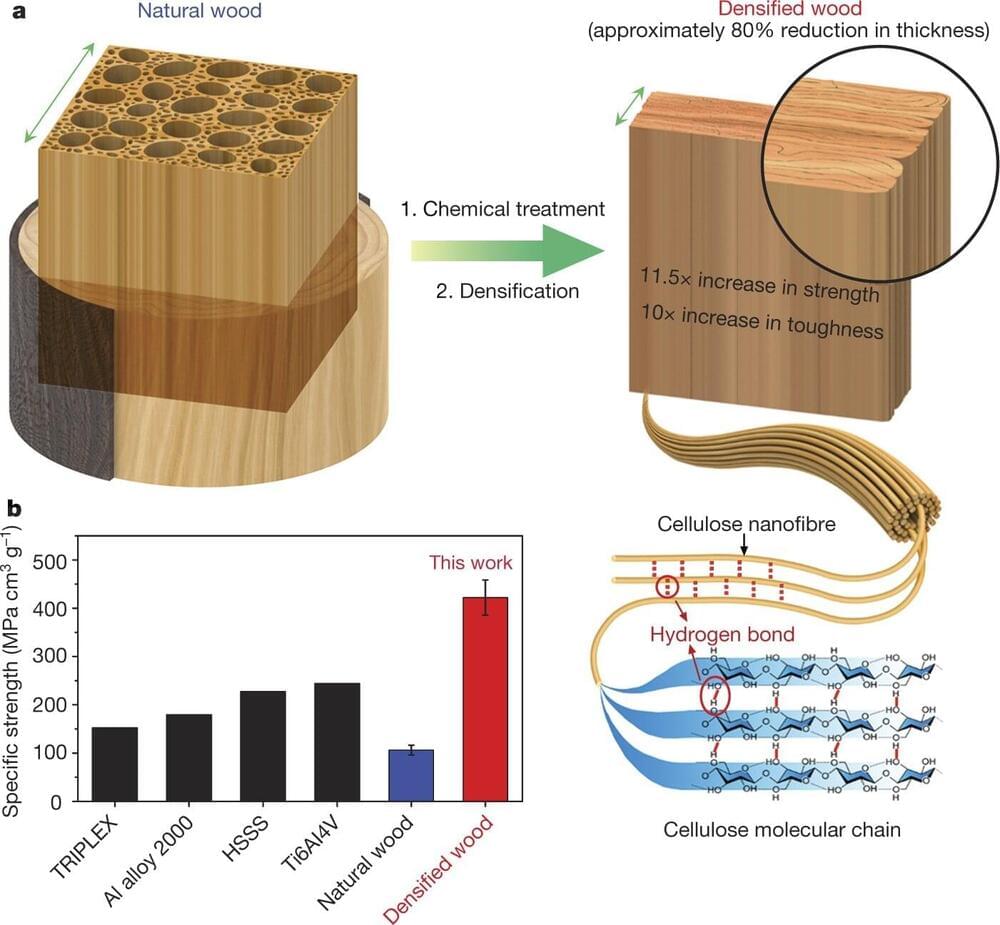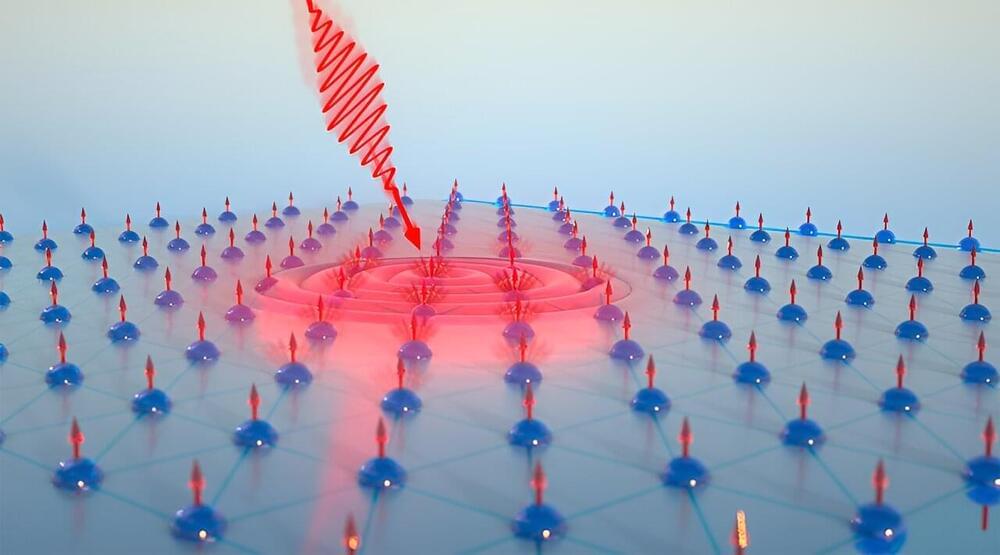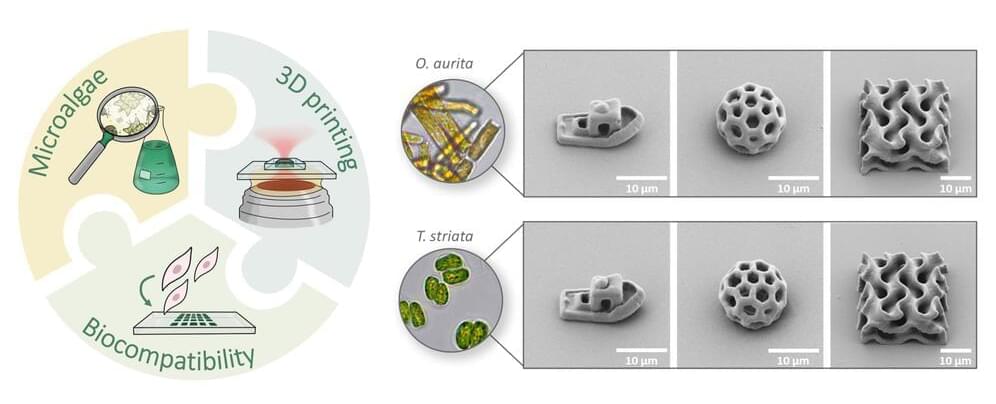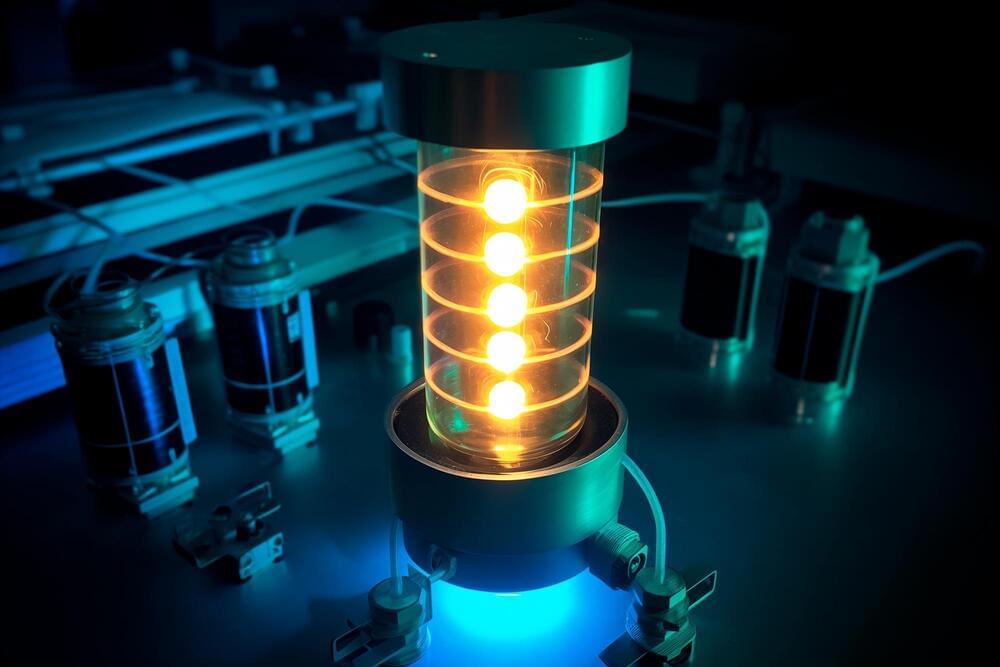Aug 16, 2024
Huge Lake on Mars // Fate of Milkdromeda // Hope for VIPER Rover
Posted by Claudio Soprano in categories: cosmology, engineering, environmental, existential risks
Vast amounts of water found on Mars, but there’s a catch, Milky Way and Andromeda might not merge after all, a planet found before it gets destroyed, and an easier way to terraform Mars.
👉 Submit Your Questions for Patreon Q\&A:
/ 110229335
Continue reading “Huge Lake on Mars // Fate of Milkdromeda // Hope for VIPER Rover” »

